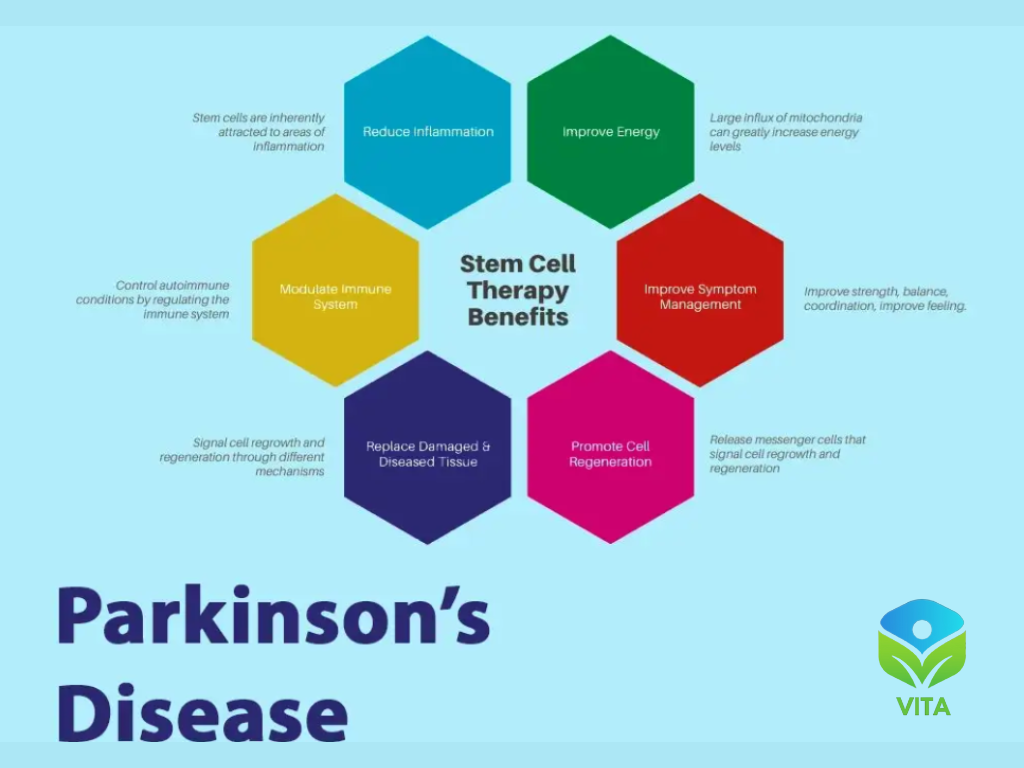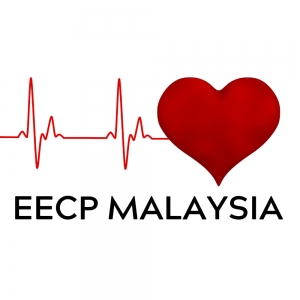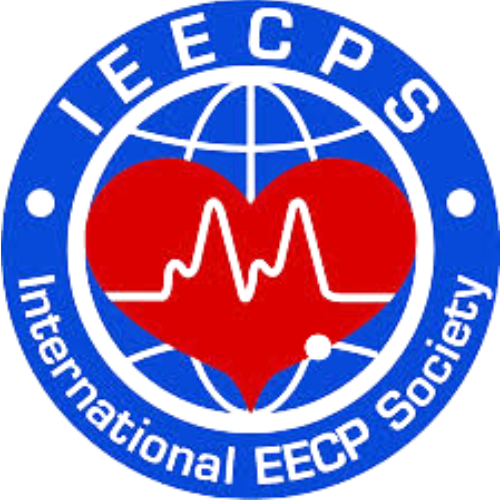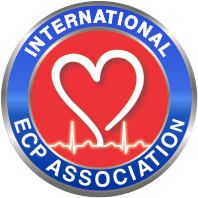Exploring the Therapeutic Potential of Umbilical Cord Mesenchymal Stem Cells for Parkinson’s Disease via IV Infusion
Parkinson’s disease (PD) is a debilitating neurodegenerative disorder characterized by the progressive loss of dopaminergic neurons in the substantia nigra region of the brain. This leads to motor dysfunction, tremors, and cognitive decline. Current treatments primarily focus on symptom management rather than addressing the root cause of neuronal degeneration. However, recent advancements in regenerative medicine have spotlighted the potential of umbilical cord mesenchymal stem cells (UC-MSCs) in not only alleviating symptoms but also promoting neurogenesis and surpassing the blood-brain barrier (BBB) through intravenous (IV) infusion. This article delves into the mechanisms and therapeutic benefits of UC-MSCs in treating Parkinson’s disease.

Understanding Mesenchymal Stem Cells
Mesenchymal stem cells (MSCs) are multipotent stromal cells capable of differentiating into various cell types, including osteoblasts, chondrocytes, and adipocytes. UC-MSCs, derived from the Wharton’s jelly of umbilical cords, are particularly promising due to their non-invasive procurement, high proliferation rate, and potent immunomodulatory properties .
Mechanism of Action in Parkinson’s Disease
Crossing the Blood-Brain Barrier
The blood-brain barrier is a selective permeability barrier that protects the brain from potentially harmful substances. However, it also poses a significant challenge for delivering therapeutic agents to the brain. Recent studies suggest that UC-MSCs can traverse the BBB when administered intravenously . This capability is primarily attributed to the cells’ small size and the expression of specific surface markers that facilitate transmigration across the endothelial cells of the BBB.
Paracrine Effects and Neuroprotection
Once UC-MSCs reach the brain, they exert their therapeutic effects predominantly through paracrine signaling. These cells secrete a variety of bioactive molecules, including growth factors, cytokines, and exosomes, which have neuroprotective and anti-inflammatory properties . Key factors such as brain-derived neurotrophic factor (BDNF), glial cell line-derived neurotrophic factor (GDNF), and vascular endothelial growth factor (VEGF) play crucial roles in promoting neuronal survival and reducing oxidative stress and inflammation in the brain.
Promoting Neurogenesis
Neurogenesis, the process of generating new neurons, is significantly impaired in Parkinson’s disease. UC-MSCs have been shown to promote neurogenesis by creating a supportive microenvironment for neural progenitor cells. The secretion of neurotrophic factors by UC-MSCs stimulates the proliferation and differentiation of these progenitor cells into mature neurons . Additionally, UC-MSCs can directly differentiate into dopaminergic-like neurons, potentially replenishing the lost neuronal population in PD patients.
Clinical Evidence and Studies
Preclinical Studies
Numerous preclinical studies have demonstrated the efficacy of UC-MSCs in models of Parkinson’s disease. In rodent models, UC-MSC administration resulted in improved motor function, reduced dopaminergic neuronal loss, and decreased neuroinflammation . These promising results have paved the way for clinical trials to evaluate the safety and efficacy of UC-MSCs in human subjects.
Clinical Trials
Several clinical trials are currently underway to investigate the potential of UC-MSCs in treating Parkinson’s disease. A phase I/II clinical trial conducted in China reported significant improvements in motor function and quality of life in PD patients following intravenous infusion of UC-MSCs . The study highlighted the safety of the procedure, with no serious adverse events reported. Another ongoing trial in the United States aims to further explore the therapeutic benefits and long-term effects of UC-MSC therapy in a larger cohort of PD patients .
Advantages of Umbilical Cord Mesenchymal Stem Cells
Non-Invasive Source
UC-MSCs are derived from the umbilical cord, a medical waste product, making the harvesting process non-invasive and ethically favorable compared to other sources like bone marrow or adipose tissue .
Low Immunogenicity
One of the key advantages of UC-MSCs is their low immunogenicity. These cells express low levels of major histocompatibility complex (MHC) class II molecules and are capable of modulating the immune response, reducing the risk of rejection and graft-versus-host disease (GVHD) .
High Proliferation and Differentiation Potential
UC-MSCs exhibit high proliferative capacity and multipotency, allowing for large-scale expansion and differentiation into various cell types, including neurons. This makes them a robust and versatile option for regenerative therapies .
Challenges and Future Directions
Despite the promising potential of UC-MSCs in treating Parkinson’s disease, several challenges remain. The heterogeneity of MSC populations, the need for standardized protocols for cell isolation and expansion, and the long-term safety and efficacy of these therapies require further investigation . Additionally, understanding the precise mechanisms by which UC-MSCs exert their therapeutic effects will be crucial in optimizing their use in clinical settings.
Future research should focus on refining cell delivery methods, enhancing cell survival and integration in the host tissue, and conducting large-scale, randomized controlled trials to establish definitive clinical evidence. Advances in genetic engineering and tissue engineering may also provide novel approaches to enhance the therapeutic potential of UC-MSCs.
Conclusion
Umbilical cord mesenchymal stem cells represent a promising avenue for the treatment of Parkinson’s disease. Their ability to surpass the blood-brain barrier, coupled with their neuroprotective, anti-inflammatory, and neurogenic properties, makes them an attractive candidate for regenerative therapies. While challenges remain, ongoing research and clinical trials continue to shed light on the potential of UC-MSCs to not only alleviate symptoms but also address the underlying pathology of Parkinson’s disease, offering hope for a future where this debilitating condition can be effectively managed or even cured.
For more information on this treatment, contact us:
KL / Selangor: https://www.eecpcentre.com
Penang: www.vitamedicalcare.my
References
- Ding, D.C., Shyu, W.C., & Lin, S.Z. (2011). Mesenchymal stem cells. Cell Transplantation, 20(1), 5-14.
- Xia, X., & Hou, J. (2018). Transplantation of mesenchymal stem cells to treat Parkinson’s disease: A comprehensive review. CNS & Neurological Disorders – Drug Targets, 17(5), 347-360.
- Mendes-Pinheiro, B., Teixeira, F.G., Anjo, S.I., et al. (2019). Bone marrow mesenchymal stem cells’ secretome exerts neuroprotective effects in a Parkinson’s disease rat model. Frontiers in Bioengineering and Biotechnology, 7, 294.
- Marote, A., Teixeira, F.G., Mendes-Pinheiro, B., et al. (2016). MSCs-derived exosomes: Cell-secreted nanovesicles with regenerative potential. Frontiers in Pharmacology, 7, 231.
- Levy, Y.S., & Melamed, E. (2015). Mesenchymal stem cells as a therapeutic approach for Parkinson’s disease. Stem Cell Reviews and Reports, 11(2), 418-430.
- Xie, Z., Li, W., Tan, Y., et al. (2017). Autologous mesenchymal stem cell therapy in progressive supranuclear palsy: A case report and literature review. Neurological Sciences, 38(10), 1857-1860.
- Venkataramana, N.K., Kumar, S.K., Balaraju, S., et al. (2010). Open-labeled study of unilateral autologous bone-marrow-derived mesenchymal stem cell transplantation in Parkinson’s disease. Translational Research, 155(2), 62-70.
- Wang, H.S., Hung, S.C., Peng, S.T., et al. (2004). Mesenchymal stem cells in the Wharton’s jelly of the human umbilical cord. Stem Cells, 22(7), 1330-1337.
- Prasanna, S.J., Gopalakrishnan, D., Shankar, S.R., et al. (2010). Pro-inflammatory cytokines, IFNγ and TNFα, influence immune properties of human bone marrow and Wharton jelly mesenchymal stem cells differentially. PLoS One, 5(2), e9016.
- Troyer, D.L., & Weiss, M.L. (2008). Wharton’s jelly-derived cells are a primitive stromal cell population. Stem Cells, 26(3), 591-599.
- Chao, Y.C., & Lee, H.T. (2016). Mesenchymal stem cell-based therapy for the treatment of Parkinson’s disease: Current trends and future perspectives. Journal of the Chinese Medical Association, 79(9), 540-546.




